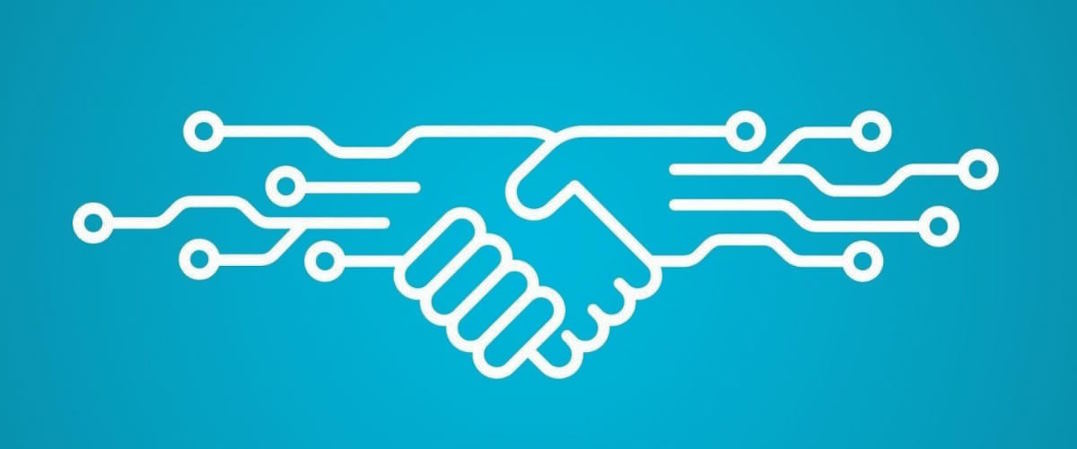Peer-to-Peer Payments
Mobile Payment Apps
Mobile payment apps represent a ubiquitous manifestation of P2P technology. Services like Venmo, Cash App, and PayPal allow individuals to transfer funds instantly using their mobile devices. These apps leverage P2P networks to facilitate seamless and rapid transactions, eliminating the need for traditional intermediaries like banks.
Advantages
Speed and Convenience: P2P payments through mobile apps are often faster than traditional banking methods.
Accessibility: Users can make transactions anytime, anywhere, with just a few taps on their smartphones.
Cost-Effective: Many P2P payment services offer transactions with little to no fees.
Cryptocurrency Wallets
Cryptocurrency wallets exemplify P2P technology in the realm of decentralized finance. These digital wallets enable users to send and receive cryptocurrencies directly without reliance on banks or intermediaries. Blockchain, the underlying technology for most cryptocurrencies, ensures the security and transparency of these P2P transactions.
Advantages
Global Transactions: Cryptocurrencies facilitate cross-border transactions without the need for currency conversion.
Security: The decentralized nature of blockchain enhances the security and privacy of transactions.
Financial Inclusion: Cryptocurrency wallets can provide financial services to the unbanked and underbanked populations.

Peer-to-Peer Lending
Platforms and Models
P2P lending platforms connect borrowers directly with lenders, bypassing traditional financial institutions. Examples include Prosper and LendingClub. Borrowers create profiles, and lenders choose whom to fund based on risk and return profiles. This model has democratized lending by allowing individuals to access funds outside the traditional banking system.
Advantages
Access to Capital: P2P lending expands access to capital for individuals who may face challenges with traditional lenders.
Diverse Lending Options: Borrowers can choose from various lenders and lending models.
Competitive Interest Rates: P2P lending can offer competitive interest rates compared to traditional loans.
Impact on Traditional Banking
The rise of P2P lending has disrupted the traditional banking sector by offering an alternative avenue for both borrowers and lenders. It has prompted traditional banks to reconsider their lending models, fostered financial inclusion, and introduced a more diversified and competitive landscape.
Impact
Innovation Pressure: Traditional banks are pushed to innovate and explore more inclusive lending practices.
Changing Risk Dynamics: P2P lending often involves different risk assessments, challenging traditional credit-scoring methods.
Community-Centric Finance: P2P lending fosters a sense of community-centric finance, connecting individuals with shared financial goals.































